Of all the damage caused by wildlife in Japan, the most serious damage is caused by deer. The amount of crop damage announced by the Ministry of Agriculture, Forestry and Fisheries in 2019 reached about 5.3 billion yen, and the damage has hardly decreased in the three years since 2017 ( reference ). The reason why deer damage has not decreased is due to their behavior and habits.
Deer Behavior and Fertility
In Miyazaki Prefecture, where our restaurant Inohoi is located, there is a colony of deer called Ebino Kogen. There are many places with natural vegetation such as Noriutsugi, Inutsuge, Japanese sumac, and the natural monument Nokaidou, making it a favorable location for deer who like these.
Observing the deer at this site, we find that males and females often behave separately. Males have horns and females have no horns, so you can easily tell them apart by appearance. You can also distinguish it by slightly thin).
Of these, females live in groups and tend to be highly sedentary without expanding their range of activity. Males, on the other hand, live in their mother's herd for the first two years after birth, but then leave their mothers. Young males may form groups, but many become solitary.
Males migrate widely depending on the season, but during the breeding season (end of September to around November), they will appear near the flock in search of females. During this period, the males begin to establish territory, and they often emit calls typical of the breeding season, and can be seen fighting with each other by butting their horns against each other.
The male that wins this fight merges with a group of females within the territory to form a polygamous group. When the breeding season is over, the male will separate from the female again.
As a result of this behavior, herds of females have a high pregnancy rate. The pregnancy rate is over 70%, and it is said that the pregnancy rate does not decrease even after the age of 10. The gestation period is about 220 days, and one litter is born per litter.
Even with rough calculations, 7 out of 10 females will become pregnant every year, so if the nutritional conditions are good, the number will continue to increase. According to research by the Forest and Wildlife Research Society , the rate of natural increase is an average of 16-20% per year, doubling every 3-4 years.
Food habits of deer and their damage
Deer are generally herbivorous. The types of plants they eat vary depending on the region and vegetation environment, but they eat most types of plants. It especially likes new shoots and soft leaves, but when those favorite plants are gone, it will eat plants that it did not eat before, and when there are fewer plants, it will also eat fallen leaves.
As a result, crops and thickets managed by humans are also susceptible to damage. Basically, the crops planted by humans are highly nutritious, so they are easy targets for deer. Seedlings are pulled out immediately after planting and damage caused by feeding, damage to the tips of rice during the harvest period, and legumes such as soybeans are eaten.
In addition, forestry saplings are eaten, the bark and cambium of older trees are eaten, and bark is stripped off by male horn scraping.
Like cows, deer have four separate stomachs (ruminal stomachs), so they have a high digestive capacity and are able to obtain sufficient nutrition even if the food is of poor quality. Therefore, in areas where there is no snowfall, the nutritional status does not deteriorate unless there is a rare occurrence. Combined with the reproductive power mentioned above, the damage will increase if you leave it alone.
Take early action to reduce damage
Deer damage tends to occur in areas with high population densities, and population densities that have increased due to their strong reproductive power cannot be easily reduced. In areas where many deer inhabit, it is basic to actively capture deer and install fences to keep deer from approaching feeding areas, keeping in mind not to increase the number of deer.
Also, even if the population density is low and the damage is sporadic, it is important not to abandon or neglect the measures, as the population may increase rapidly.

 箱罠
箱罠
 くくり罠
くくり罠
 パーツ類
パーツ類
 電気柵
電気柵
 自作キット
自作キット
 防獣グッズ
防獣グッズ
 監視カメラ
監視カメラ

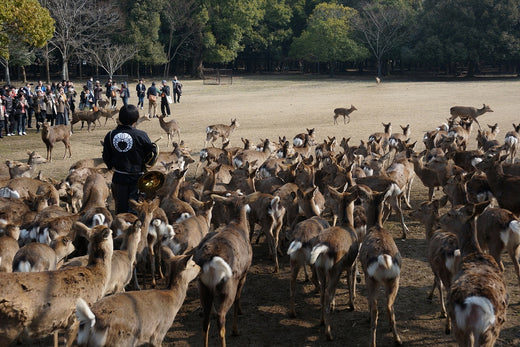
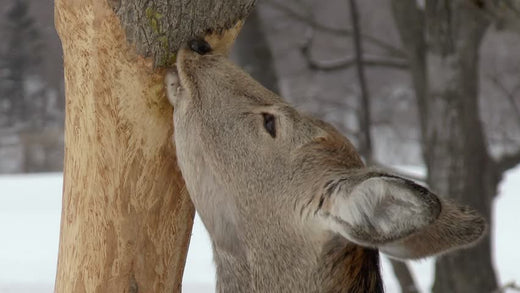
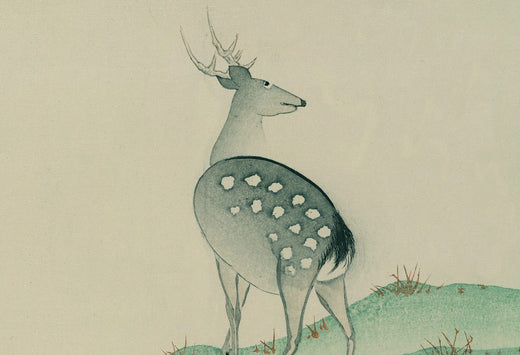
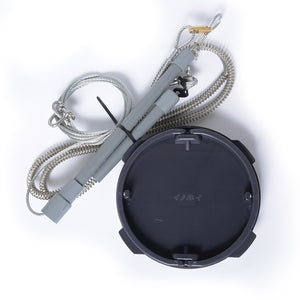


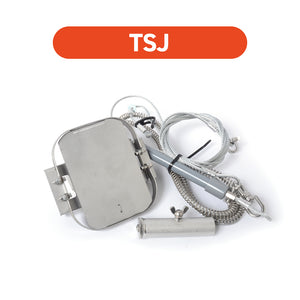
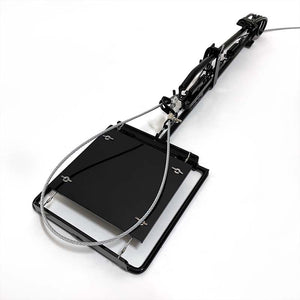
 box trap
box trap
 tying trap
tying trap
 enclosure trap
enclosure trap
 Prevention and avoidance goods
Prevention and avoidance goods
 electric fence
electric fence
 trap surveillance camera
trap surveillance camera
 transportation goods
transportation goods
 Trap detection sensor
Trap detection sensor
 hunting supplies
hunting supplies
 hunting books
hunting books
 Anti-bird goods
Anti-bird goods
 Agricultural materials/machinery
Agricultural materials/machinery
 boar
boar
 deer
deer
 Kyon
Kyon
 monkey
monkey
 raccoon
raccoon
 Badger
Badger
 palm civet
palm civet
 raccoon dog
raccoon dog
 nutria
nutria
 mouse or rat
mouse or rat
 Mole
Mole
 bear
bear
 pigeon
pigeon
 Crow
Crow







